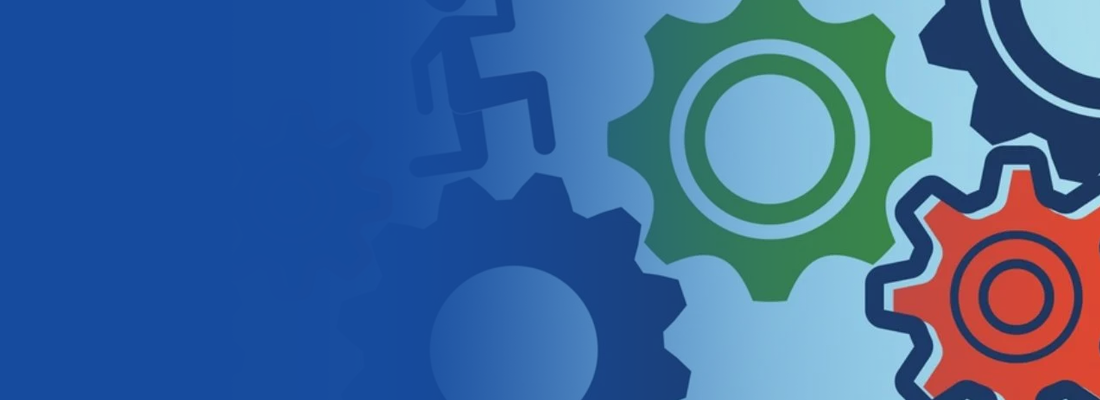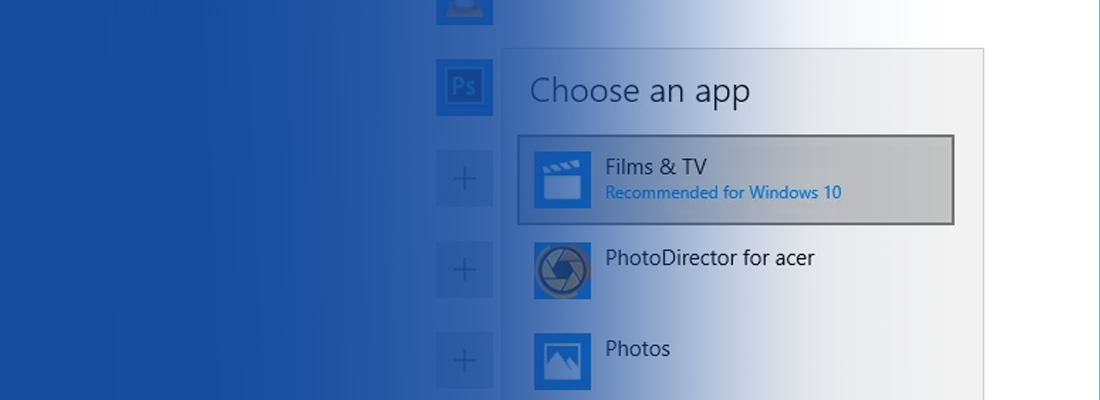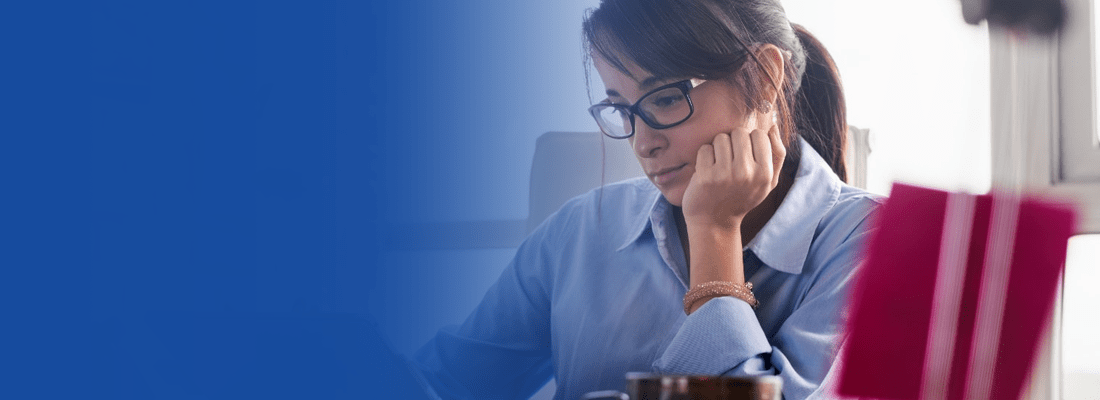
Advanced Image Optimization Tips to Optimize Images for SEO
Whether you operate an ecommerce store or you have a website featuring various images, one thing you need to care about is optimization. Image optimization is no longer a thing of the shadows. It is now a relevant part of SEO strategies because it allows Google to redirect traffic to your site. In short, image optimization is what you need to survive online.
But what exactly is image optimization? In simple words, the term refers to a process of reducing the file size of the images without influencing their quality. In this way, the pages can load at an efficient speed, and Google can rank them easily. So how can you optimize your images and what should you focus on? In the following blog, we will take you through all the tips and tricks to optimize your images in the right manner.
Name your images correctly
You might name your images any random letters and numbers. But when it comes to image optimization, it is essential to name the images properly. And the best way to name them is by using relevant keywords. The use of keywords can help your webpage rank higher on the search engines. This is because search engines crawl the file names of images as well.
When naming your images, think about how your customers might search for the product. For instance, if you are selling a candle, your customers can use terms like:
- Best scented candles
- Cheap scented candles
- Buy candles online
By using such terms in your file names, you will be able to increase the chances of your site ranking higher.

Focus on alt attributes carefully
Alt attributes are basically alternatives to images in the form of text. These attributes are used when a browser cannot render an image correctly. In other words, alt attributes are essential for web accessibility and improving the SEO of your site. This occurs when you use relevant keywords in your attributes that the search engines can identify and match with the queries of your customers.
When crafting an alt attribute, remember to describe your image in a straightforward language. But relevancy is also the key. For instance, if you sell products that have specific serial numbers, you should use them in your alt attributes. While it is essential to use keywords, you shouldn’t stuff the attributes entirely with them.
Choose the right image dimensions and product angles
Products are usually shown from different angles when displayed online. Customers want to see various shots of the product, so they can have its complete view. For example, if you sell a jacket, the customers will want to see its exterior, interior, back, as well as various detailing from a close shot.
Therefore, it is a good practice to include different images of the product from all the relevant angles. When doing so, you should create unique alt attributes for all the various shots and add appropriate descriptions, so customers can easily find the images.
Reduce the file size
The larger your file is, the longer it will take for the webpage to load. But most consumers don’t even wait more than 3 seconds for a site to load. This is why it is crucial that your site loads instantly when a user lands on it. To increase the loading speed, you can decrease the size of your image files.
You can use resources like Adobe Photoshop to reduce the image size. One thing to remember is that when reducing the file size, you shouldn’t compromise on the quality of your images since they won’t look good on your website.
Choose the correct file type

JPEG, PNG, and GIF are the three common file types. JPEG is considered the standard file type for images around the world. They can be compressed easily without affecting the quality of the images. On the other hand, the GIF images are comparatively of lower quality and are usually used for simplistic images like icons. GIFs are also used for animation. On the other hand, PNG images are considered alternative to GIFs, as they support more colours and larger file size.
However, JPEG is still preferred from an SEO perspective because they allow file sizes to be reduced without degrading the quality. In most cases, therefore, JPEGs will be the right file size to use instead of GIFs and PNGs.
Focus on your thumbnails
Thumbnails are usually used on category pages. While they might be useful to use, they can also lower the load speeds. Therefore, it is crucial to use thumbnails in the right manner. In doing so, try making the size of your thumbnails as small as possible without letting the quality being affected.
You can also vary the alt attribute text of your file, so the text you are using for the bigger version is not the same. Most importantly, your thumbnail should be indexed instead of the larger image.
Employ image sitemaps
One thing to remember is that web crawlers cannot crawl images when they are not distinguished from the webpage source code. There is simply no way for the web crawler to locate the images on your webpage separately from it until unless you call out. Here’s where the sitemaps are of help.
By using an image sitemap, the search engine crawlers will be able to search for the images on your site and rank them appropriately. Although sitemaps don’t guarantee that your images will be indexed by the search engine, they sure increase the chances of the images being ranked.
Ditch the decorative images

Websites often use a bunch of borders, buttons, and background images on the site. Everything like this that is not associated with the products and services is considered to be decorative images. While these images can make your site more aesthetic, they can also decrease the load time with Best SEO Company you can save your website time as well.
Therefore, make the right decision when using decorative images. It is a good practice to use only a handful of decorative images and that too in the correct size and file type, so your site’s load time is still efficient.
In The End
Image optimization is not just a random term. It is a necessary process that can increase the chances of your customers finding your site. We focus on optimizing the images on your site as part of your SEO strategy.
